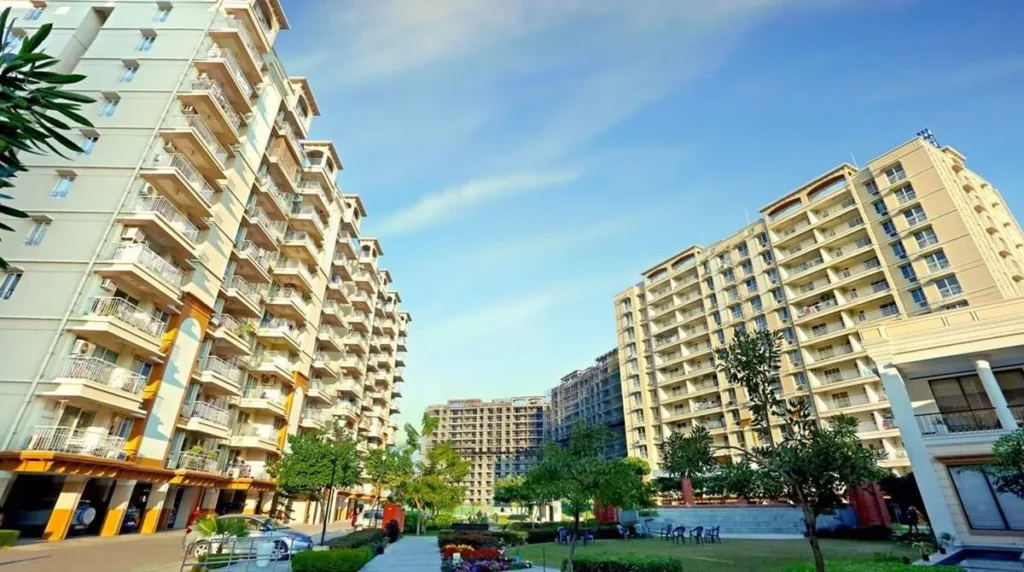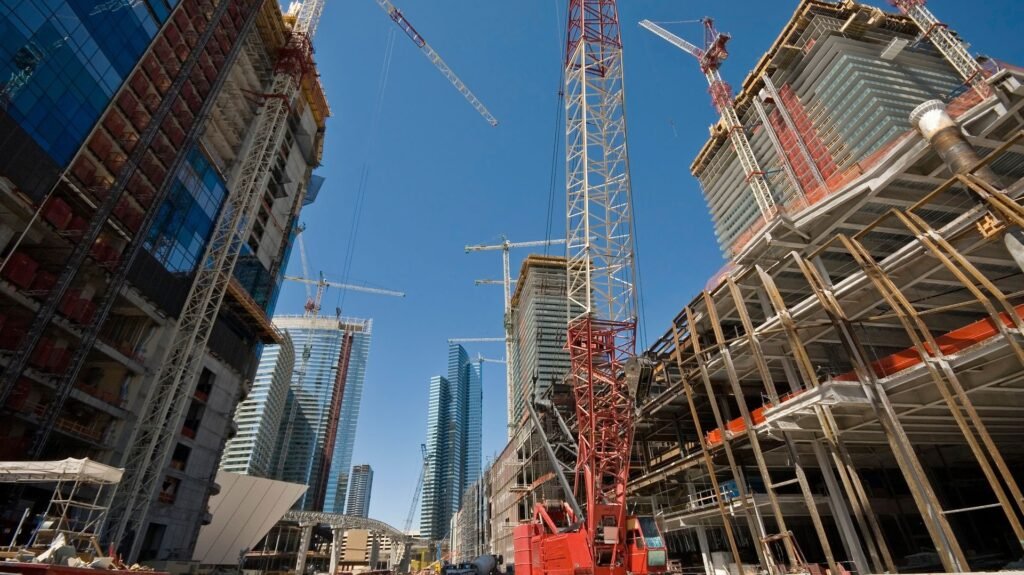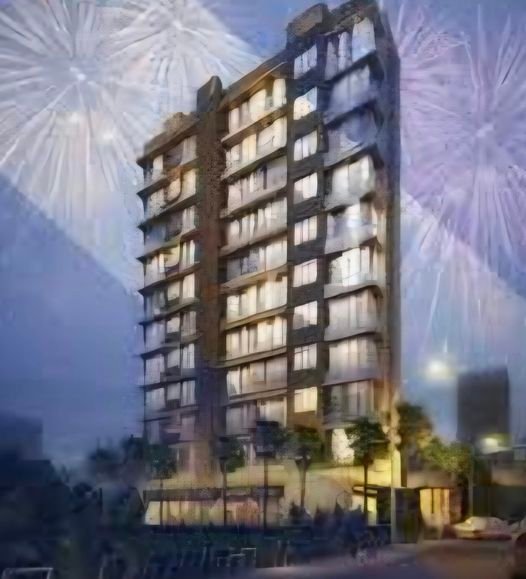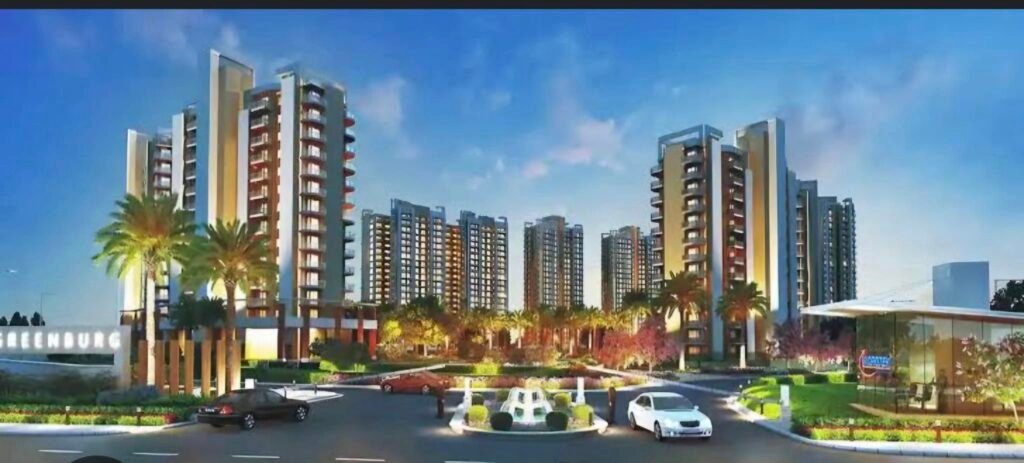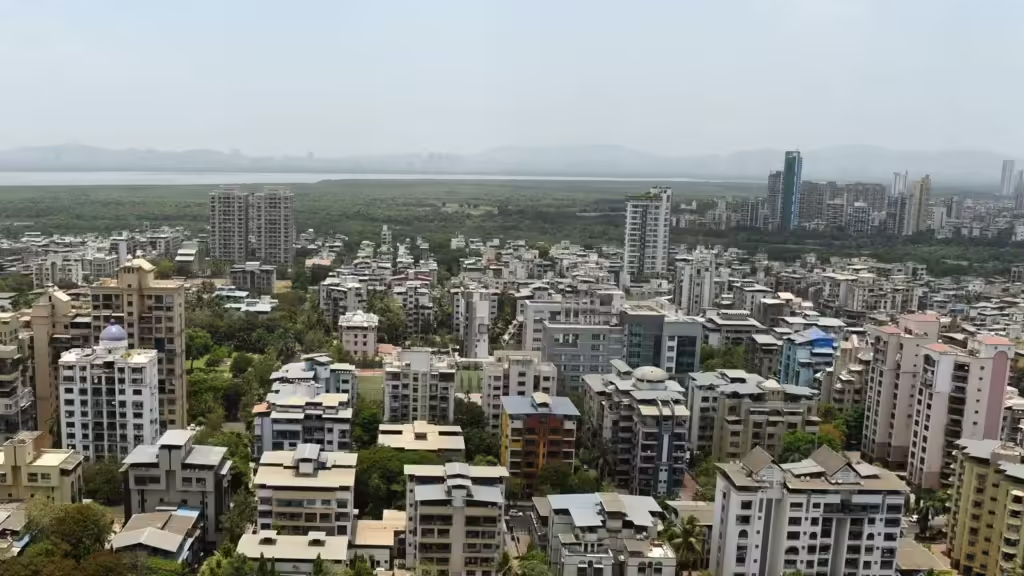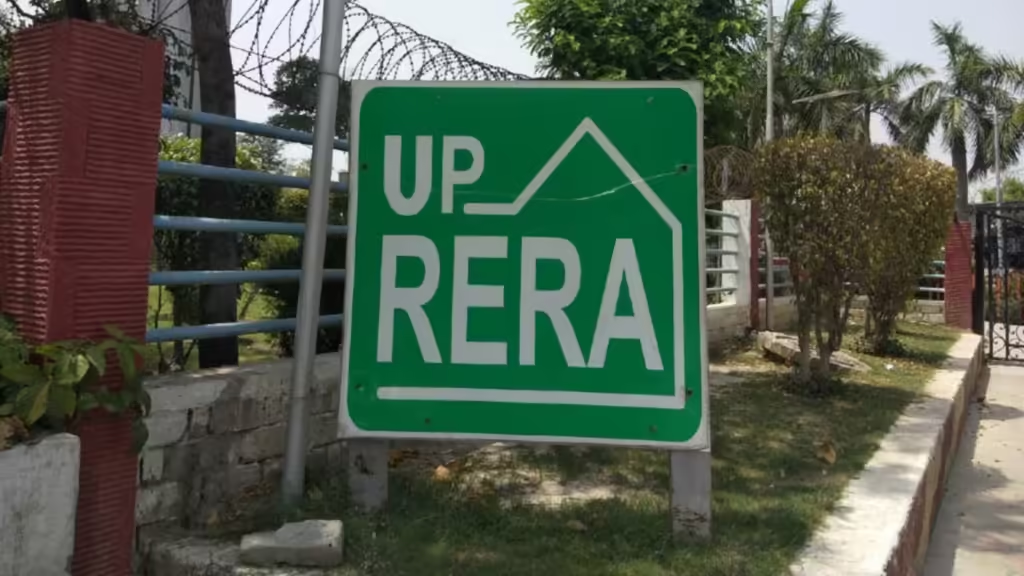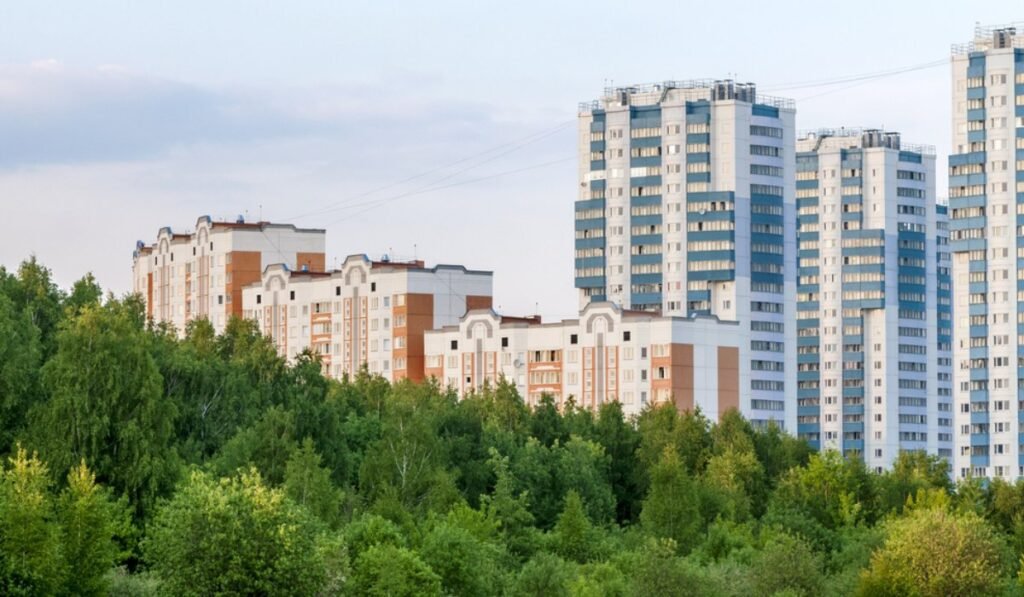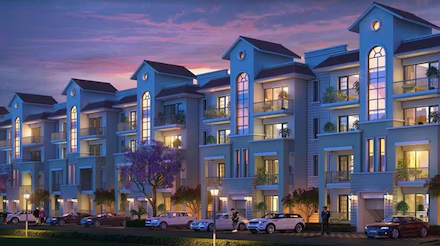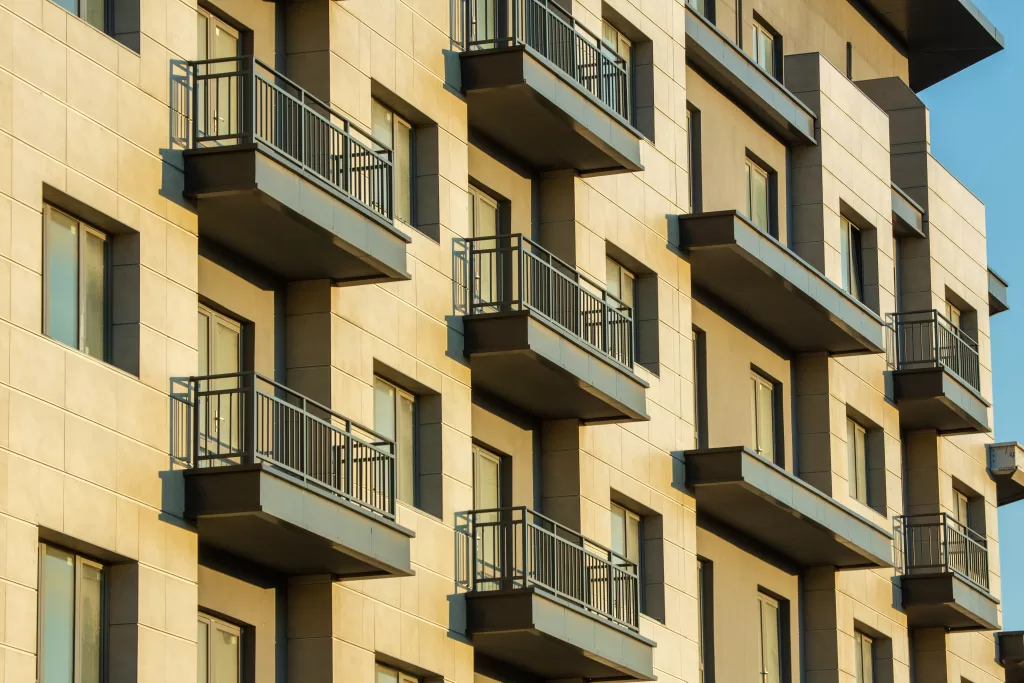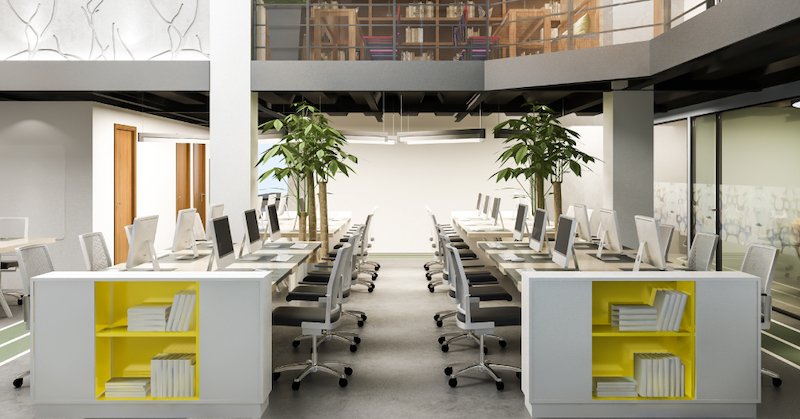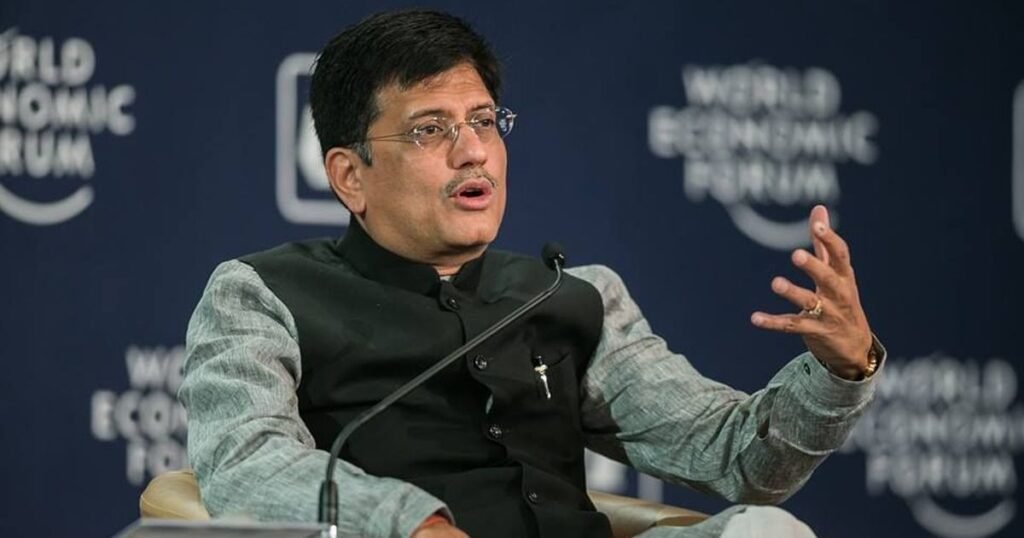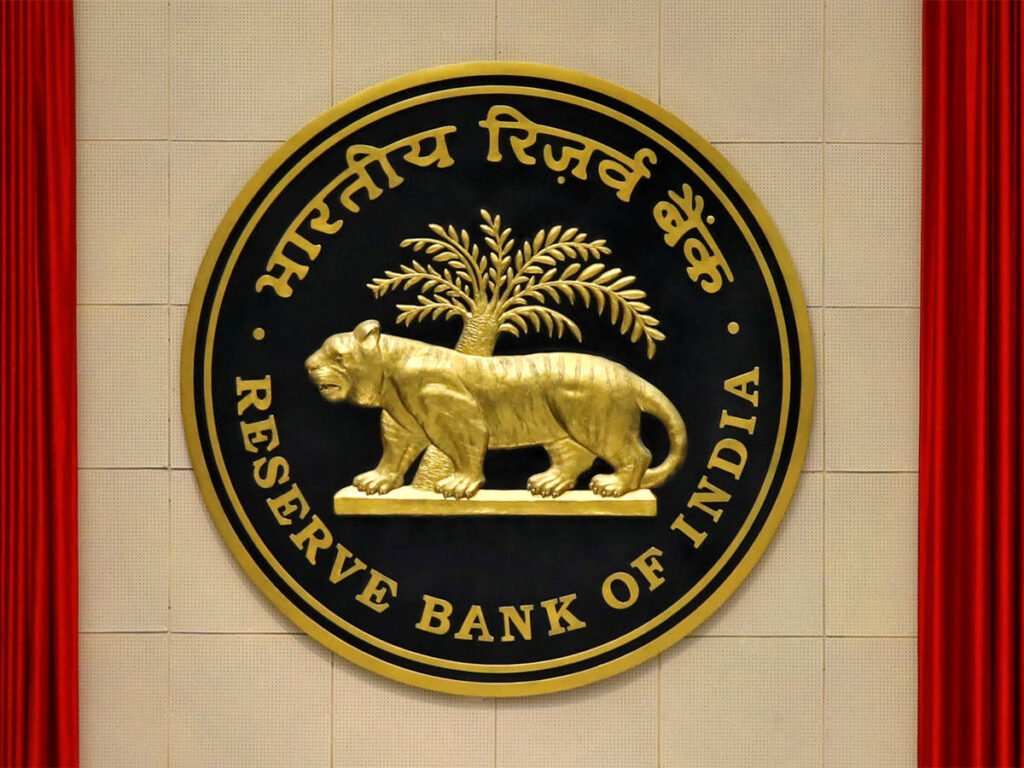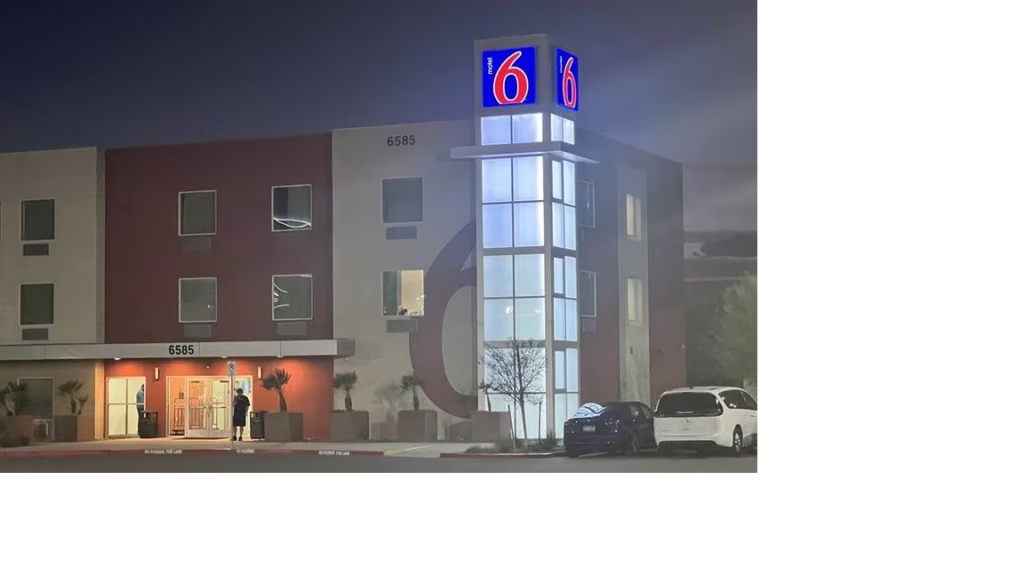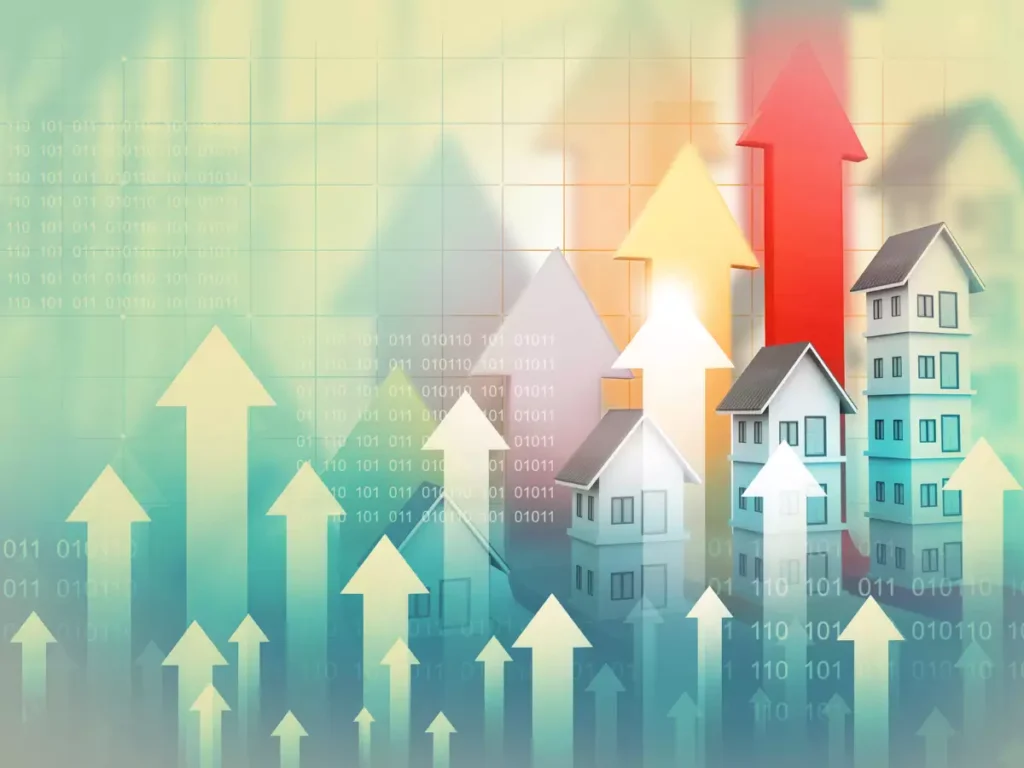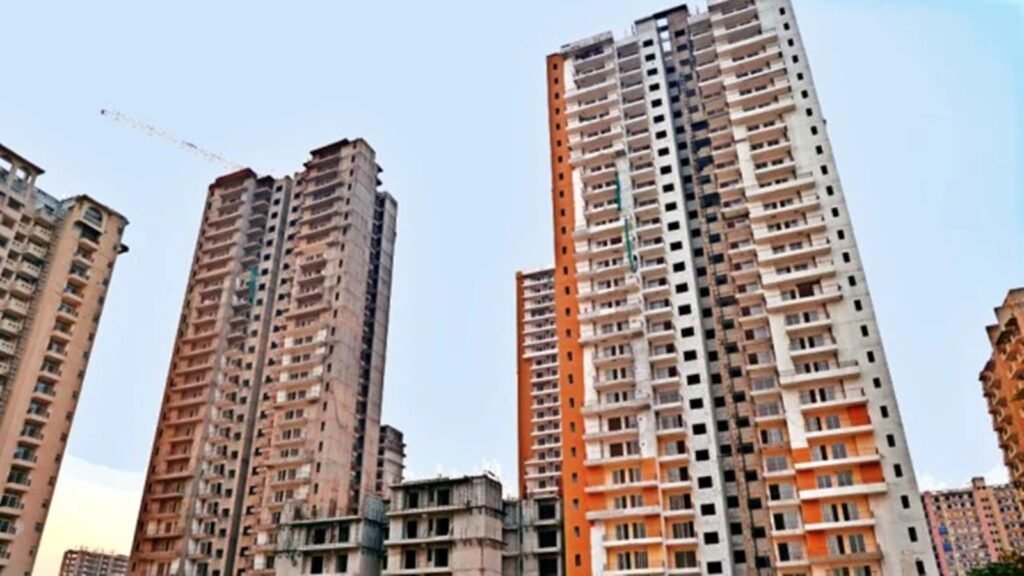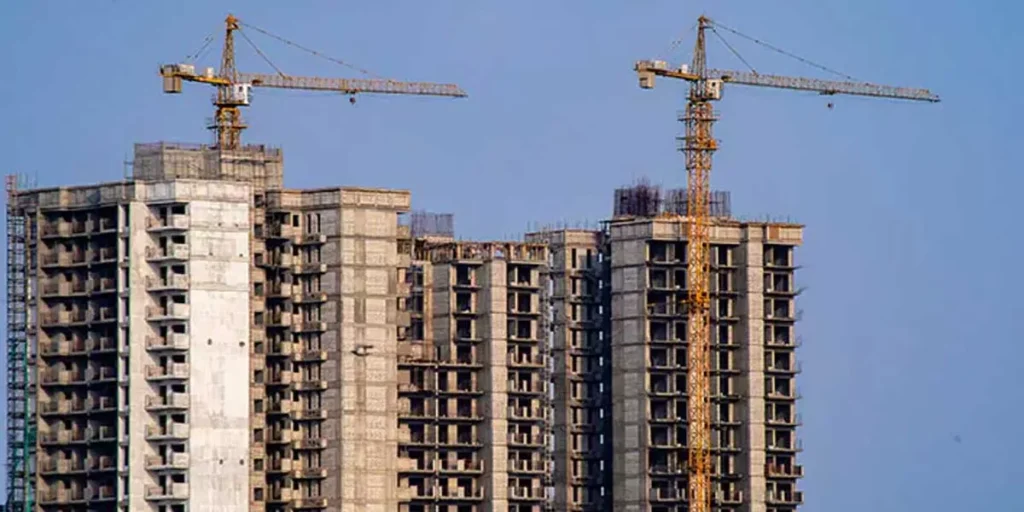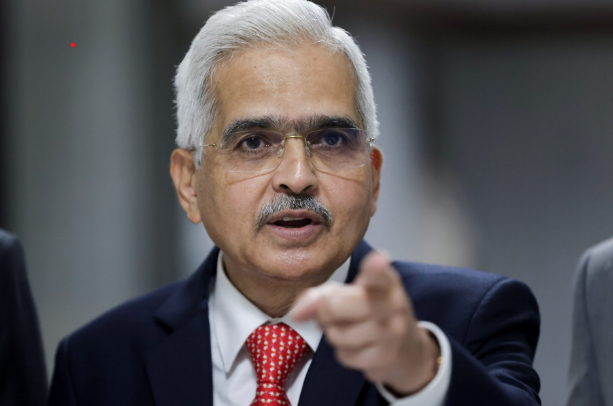Rent vs. Buy: Unpacking the Rental Boom Across India’s Major Cities

Residential Rentals Surge Ahead of Capital Growth in Key Markets
Mumbai, 18 September 2024: The age-old debate of renting versus buying is heating up in urban India, as a new analysis reveals significant disparities in rental and capital value growth across the country’s top cities. With more Indians migrating to urban areas, many are reevaluating their housing options.
According to data from ANAROCK Research, average residential rentals in key micro-markets across seven major cities have skyrocketed by up to 72% from the end of 2021 to the first half of 2024, while capital values have seen more modest increases.
Bengaluru and Pune Lead the Rental Charge
Cities like Bengaluru, Pune, Kolkata, and Chennai have witnessed rental values outpacing capital growth during this period. For instance, in Bengaluru’s Sarjapur Road, average monthly rentals soared by 67%, compared to a 54% rise in capital values. Pune’s Hinjewadi followed closely, with rental values increasing by 52% while capital values rose just 31%.
Other notable micro-markets include Thannisandra Main Road in Bengaluru, where rental prices climbed 56%, and Wagholi in Pune, with a 60% increase in rental values. Meanwhile, in Kolkata, areas like EM Bypass saw rental appreciation of 46%, far outpacing the 15% growth in capital values.
Contrasting Trends in NCR, MMR, and Hyderabad
In contrast, regions within the National Capital Region (NCR), Mumbai Metropolitan Region (MMR), and Hyderabad have experienced a different trend, where capital values have appreciated more than rental values. For instance, Sohna Road in NCR reported a 54% increase in capital values against a 40% rise in rentals. Notably, Sector-150 in Noida saw capital values surge by an astonishing 127%.
Similarly, Hyderabad’s HITECH City and Gachibowli experienced capital appreciation outpacing rental growth, highlighting the complexities of the real estate market across different regions.
The Factors Influencing Rent vs. Buy Decisions
As the data suggests, these trends are just one aspect of the broader rent vs. buy dilemma. Individuals must consider various factors, including financial stability, job prospects, and personal circumstances. For example, someone in Bengaluru paying INR 50,000 monthly in rent for a standard 2 BHK apartment worth INR 1.2 crore faces a critical decision. Over ten years, this rental expense could amount to nearly 69% of the property’s total cost, presenting a strong case for homeownership if financially viable.
With current home loan interest rates averaging between 8.75% and 9.5%, many view monthly EMIs as a pathway to ownership rather than just an expense. Additionally, there are tax benefits available for homebuyers that further incentivize property purchases.
A Shift Towards Homeownership Amid Economic Uncertainty
The COVID-19 pandemic catalyzed a shift in sentiment, with many individuals reassessing the security offered by homeownership. As risk aversion grows, more renters are beginning to view rent as a non-asset expense, while EMIs are seen as investments in a tangible asset.
In summary, while rental markets in certain cities continue to outpace capital growth, the decision to rent or buy remains complex and deeply personal. Individuals are encouraged to weigh their options carefully, taking into account market performance, personal financial circumstances, and long-term goals.

 English
English 



























